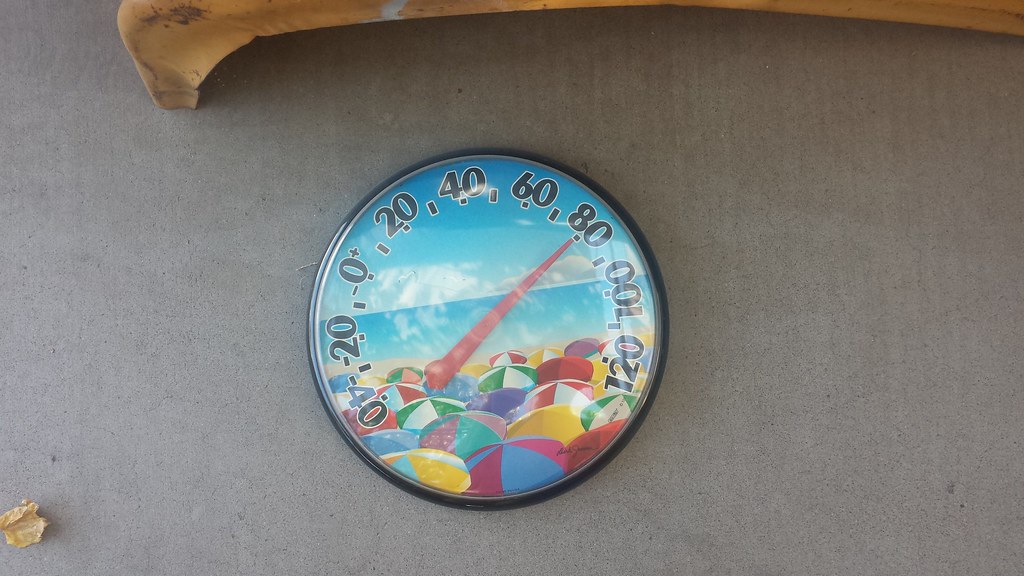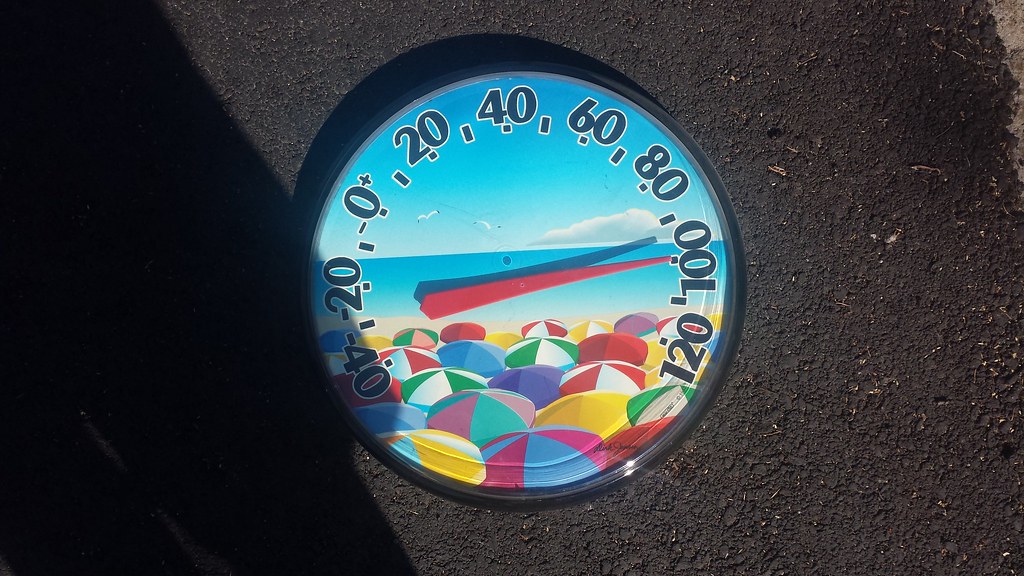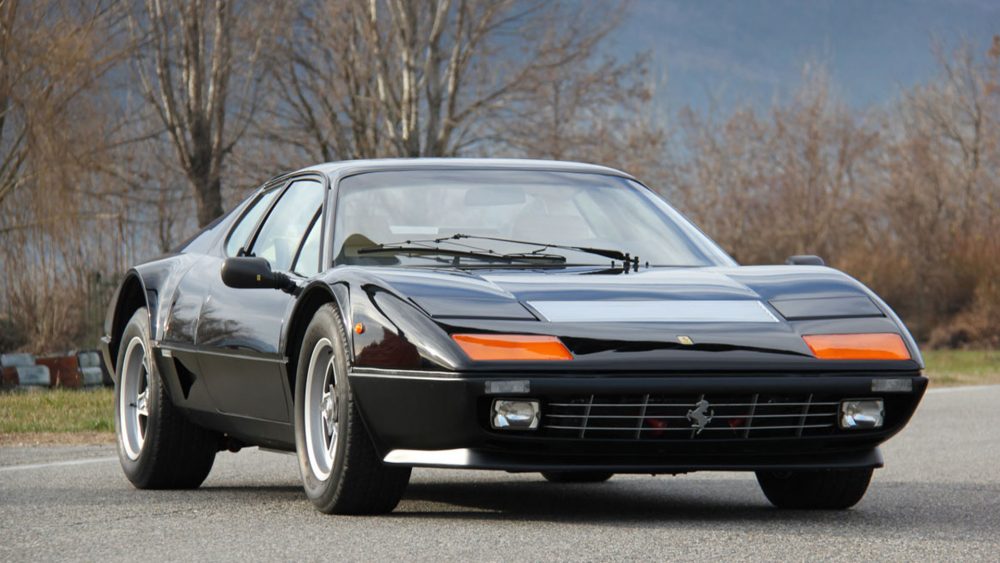@Superhawk996 great set of figures, good explanation.

tells partly why VW kept moving the inlet vents on kombis higher.
sitting around in stop go traffic you don't want to be sucking exhausted hot air straight back in the fan, even from outside the car. feed back loop is possible.
(though there is some aero stuff going on too, the early louvres would not have been so great at speed, not that speed was something kombis could achieve).
Click to view attachment @JmuRiz the sexy ferrari flank vents aren't necessarily there for cooling. might be for induction air? or brakes. don't know enough. but the main cooling stuff is up the front as per even model Ts. same goes for the boxster.cayman. different problem from air cooled car where a lot more air volume is being moved in and exhausted out from a not so great location in the car - about half way down the sides.
re suggestions for rocker intake vents for cooling 914s.
ok on the move. but would be not so good in stop and go traffic.
perfectly for exhausted cooling air blown out underneath to get sucked back in via feedback loop at ground level when stationary. just like having leaky engine tin?
an oil cooler a long way from the engine with maybe a fan assist is more effective than anything else after good engine tin seal. my old german vw mechanic back in the 80s used to say, zis is not an air-kueled kar, zis is an oel kueled car. he was kind of right. he offered that as an explanation for why type 3s always blew up more than beetles in australia. the oil cooler was very compromised where it was positioned in the type 3 engine. its not compromised in a type 4, they actually thought about it properly by then.
EDIT - i've remembered there was a fad for fitting aftermarket fibreglass/plastic scoops on type 3s in australia in the late 70s/early 80s. you put them on over the long flank vents on the fastbacks and squarebacks. turned out they were a not so good idea in city traffic aus hot summer driving. word was they inhibited air flow intake in stationary conditions. wasn't like the propellor fan on a type 3 was a work of genius either trying to draw air through a smaller cross section opening.
might have been ok on the highway as a ram intake. probably forced cooled harder than the dumb fan.
thats not to criticize the side grill vents suggested in this thread, they are not reducing the cross sectional area of the intake.



